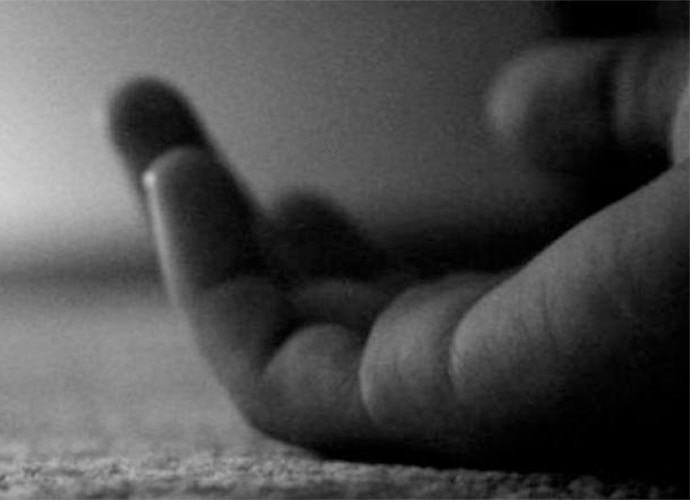Hyderabad woman kills self while on video call: We need to address worrying trend of suicide on social media

On February 17, a 21-year-old woman from Hyderabad killed herself. Hanisha Chowdhary, who hails from Andhra Pradesh’s Anantapur district, was an MBA student at Hyderabad’s Sivani College. What makes Chowdhary’s death more disturbing is that she hanged herself at her hotel room while she was on a video call with her boyfriend Dakshit Patel.
While Patel rushed to her hostel, broke open the door of her room and took her to a hospital immediately, it was too late. The doctors declared her brought dead. Chowdhary’s death is among a string of cases in which people committed suicide on camera.
A trend
On January 29, Patna’s Ubhas Kumar shot himself while he was video-calling his girlfriend. While Kumar’s death was accidental — he pressed the trigger by mistake — news reports claim he had called his girlfriend and then threatened to end his life. On February 2, Gurtej Singh Dhillon, a 35-year-old Punjab farmer live-streamed his suicide attempt on Facebook.
On January 10, 27-year-old Paramjit Singh, live-streamed his suicide on Facebook, claiming to have been repeatedly harassed by his in-laws. Singh hanged himself. In November, 2017, 32-year-old Rajwinder Singh of Ludhiana hanged himself, all the while streaming his final moments on Facebook Live. In April 2017, Arjun Bharadwaj, a Mumbai teen, committed suicide by jumping off the window of a Taj Hotel room, all the while documenting his death on Facebook Live.
Is there an underlying condition that makes people want their final moments to be witnessed by others? Is there any reason why at least six Indians have committed (or at least, attempted or threatened to commit) suicide in the last 12 months, making sure that someone was present to have seen them in their last moments?

For starters, this is trend that can be observed globally as well. In the age of social media and internet, the private and the personal has been wilfully handed over to the public. For a generation that chooses to upload minute details of their life on social media websites, meticulously documenting everything mundane, perhaps, documenting one’s death is only a natural progression.
Public suicide, a terror
According to mental health experts, social media is, indeed, turning into a new platform for public suicide. According to psychologists, there can be many reasons for broadcasting such a morbid and terrifying act on social media. Some, according to them, choose to commit suicide online as a way to memorialise themselves. Others may be broadcasting their actions with hopes of an intervention.
Nadine Kaslow, a former president of the American Psychological Association, believes that live suicides are not only terrifying in their being, but also because of what effect it has on those who turn into an unwitting audience to this modern-day snuff-film. According to her, live suicides could give others who are struggling a greater sense of "acquired capability" — the idea that "if you can do it, I can do it."
Phyllis Alongi, the clinical director at the Society for Prevention of Teen Suicide in New Jersey, further adds to this idea: “Imagine an adolescent feeling emotionally lost, almost invisible and witnessing the notoriety or memorialisation of a teen who completed suicide, gaining attention in their immediate community as well as the vast amount of attention obtained from social media. This is the essence of contagion. Live-streamed suicide has significant negative impact on the family, the teens viewing the live stream, the community and anyone who is having suicidal thoughts.”
Death on Facebook live
With a clear trend in place, is Facebook, the biggest social media network in the world, doing anything to help? While it is implicitly understood that Facebook cannot be held responsible or culpable in its platform being abused for such a purpose, nor can it, as an organisation, prevent any of its users from committing such an act, what it can do is make sure others don’t have to witness it. But Facebook is trying to do more than that.
In 2017, Tech Crunch reported that Facebook’s “proactive detection” artificial intelligence technology can scan all posts for patterns of suicidal thoughts, and when necessary send mental health resources to the user at risk or their friends, or contact local first-responders. In addition to searching for words and phrases in posts, it will scan the comments. According to Facebook, comments like "Are you ok?" and "Can I help?" can potentially be an indicator of suicidal thoughts.
In addition, Facebook users can still report potential self-harm to Facebook directly.

